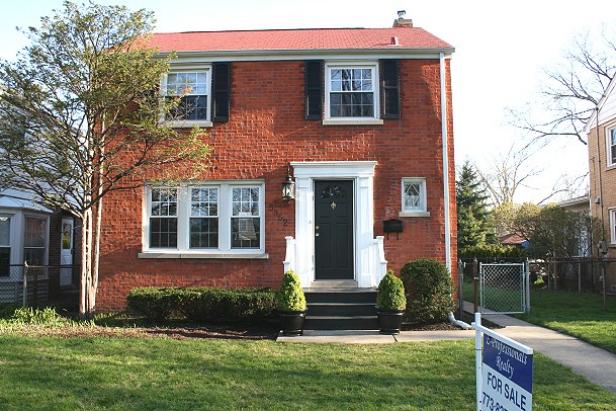Always Have a Back-Out Plan: Contingencies You Must Have

When you're buying a home, Plan A is always to buy the home on the terms in the original contract. Plan B is to buy the home after renegotiating some of the terms. Plan C is the contingency plan: if there is an irresolvable flaw in the condition of the home, the home doesn't appraise for the purchase price, or your lender refuses to fund your loan for whatever reason, you can back out of the transaction with no penalty (other than the money you've spent on inspections) so long as you have the appropriate contingencies in place. Remember, contingency = the right to bail.
When you're in a hot seller's market, or there are multiple offers on a property, you might be pressured to make an offer with no contingencies, or one with no appraisal or loan contingency. DON'T DO IT! Personally, I wouldn't spend more than about $50 at a store that didn't have a 30-day return policy. It is insane to even consider having no back-out plan on a purchase in the hundreds of thousands of dollars! This is way too big a purchase to be without an escape route, at least until your due diligence into the condition of the property is completed.
The results of your home inspections will help you decide whether you need to bail out of a home purchase. For the most part, properties that look very well maintained have been very well maintained. People who tend to every nook and cranny of their homes and keep things well dusted and manicured, also often maintain their rain gutters and roofs well. Over the last decade, though, a wave of buying and rehabbing properties strictly for profit (not to live in) has swept our nation. Investors "fix" properties with widely varying degrees of attention to the fundamentals prior to "flipping" them. In an effort to maximize profit, some flippers pay all their attention to cosmetic detail, and very little to the structural integrity of the home. Others literally tend to everything from the ground up, so don't dismiss these sorts of properties out of hand either. My point is that with any property, but especially a fix-and-flip, looks can be deceiving.














































